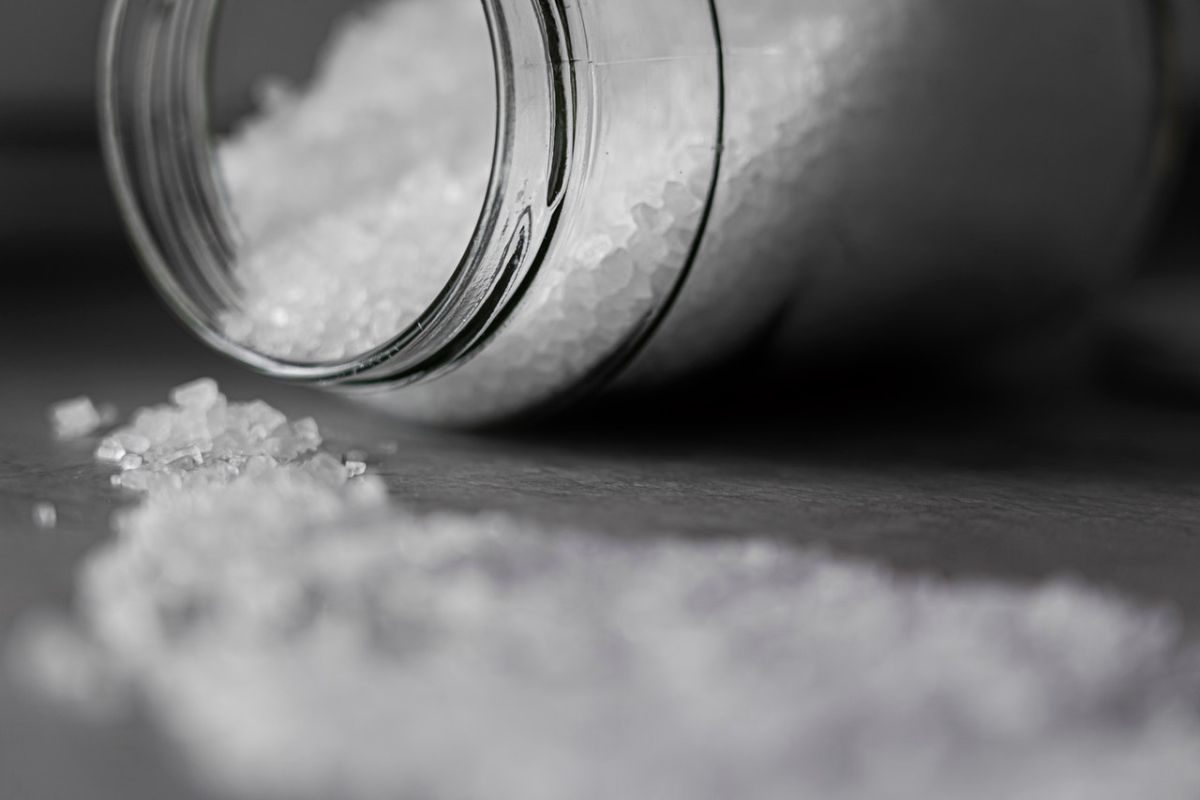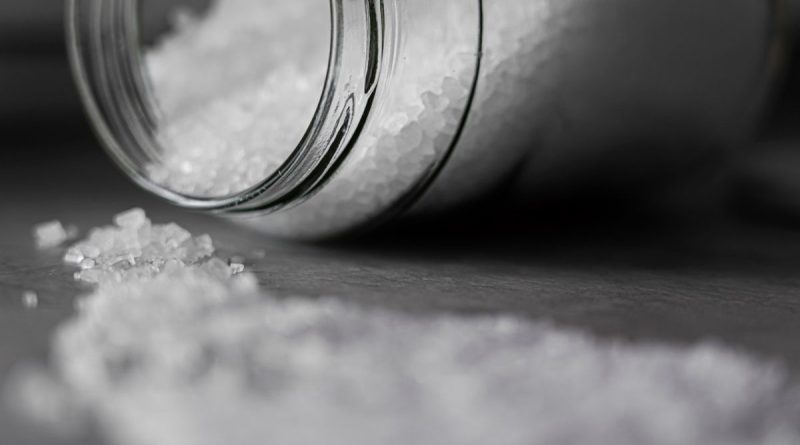What is the difference between kosher salt and table salt? | The State

Kosher salt has a large grain size that makes it suitable for the process of cooking meat according to Jewish dietary law.
Photo:
Castorly Stock / Pexels
The Salt It is a basic ingredient in the kitchen, it is possibly the most used condiment in the world. It is a mineral formed by two elements, sodium (Na) and chlorine (Cl). In the market we usually find different types of salt, including the traditional table salt, Himalayan salt, kosher salt, and sea salt.
Most of the world’s salt is extracted from salt mines or from the evaporation of seawater and other mineral-rich waters.
In many recipes we usually find kosher salt as an ingredient. We will see what is the difference between kosher salt and regular salt, is one healthier than the other?
Table salt
Table or regular salt is the most common salt. It’s a salt refined, therefore its grains are very fine and most of its impurities have been removed and trace elements. Anti-caking additives such as calcium silicate are added to avoid to prevent the formation of lumps.
Common salt consists mainly of sodium chloride (97% or more). A lot of table salt is also iodized, which means that iodine has been added.
Why iodine
For most people, iodized salt is probably the easiest way to maintain a sufficient iodine intake. In the United States, the practice of iodizing salt began in 1924 as a economical and effective means of combating iodine deficiencies and prevent goiter and the hypothyroidism, as explained by the Harvard School of Public Health (HSPH).
Kosher salt
The main The difference between regular salt and kosher salt is the size. Kosher salt has a large grain size which makes it suitable for the cooking process according to the laws dietetics Jewish. If it dissolves in food, you will hardly notice the difference.
Healthline explains that traditional Jewish law requires that draw blood from meat before eating. Since kosher salt has a coarse and flaky structure, it is convenient for drawing blood.
The Kosher salt does not usually contain iodine, although it may have an anti-caking agent.
Is kosher salt better than table salt?
The Table salt tends to taste more concentrated and salty than kosher salt. The larger crystals make kosher salt easier to scoop up with your fingers and sprinkle on food.
Larger and thicker granules of salt don’t dissolve as easily or evenly when cooking, but they do offer a burst of flavor. The HSPH notes that it is better to use them sprinkled on meats and vegetables before cooking or immediately after. They should not be used in baking recipes.
Kosher salt really wouldn’t be any healthier than table salt
The World Health Organization notes that whatever the origin of the salt, is sodium the cause of health problems.
High sodium intake and insufficient potassium absorption contribute to arterial hypertension and increase the risk of heart disease and stroke.
Furthermore, WHO notes that all the salt consumed must be iodized, which is essential for a healthy fetal brain development and of the small child as well as for optimize mental functions in general.
Iodized salt in the United States contains 45 micrograms of iodine per gram of salt. A little less than half a teaspoon of table salt is required to obtain the recommended daily intake for adults (150 mcg).
In the kitchen you can use kosher salt for table salt and vice versa. Though the amount of table salt should be less than the kosher salt that a recipe calls for. One teaspoon of table salt equals 1.5 to 2 teaspoons of kosher salt, depending on the brand.
It may interest you:
.



